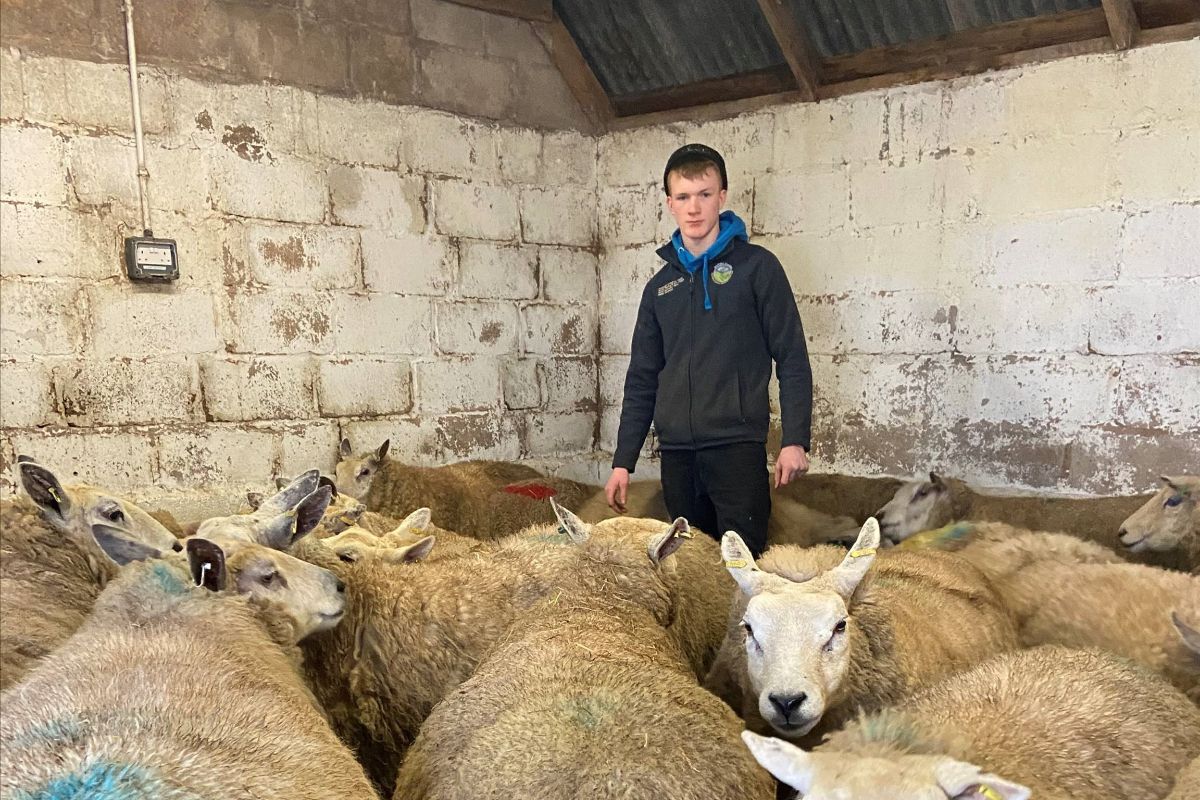
Nitrate levels generally are highest following wet periods and lowest during dry periods which may cause a false sense of security. Water samples from shallow, dug, bored and driven wells more frequently contain excess nitrates than water from deeper, drilled wells. Fractured bedrock may also enable the mixing of surface water nitrates into ground water. Excess nitrates also are more apt to be found in ground water under low areas and waterways that collect or convey surface water. Nitrates are more concentrated below or near the area of waste accumulation or disposal such as manure piles, feedlots, septic tank disposal fields, cesspools, privies, etc. Any nitrate added to, or produced within, the soil may be leached or washed away by moving water–either by surface run-off or ground water percolation. Vegetables capable of accumulating large amounts of nitrate that are most frequently grazed include sugar beets, lettuce, cabbage, potatoes and carrots.

Weeds capable of nitrate accumulation include pigweed, lambsquarter, sunflower, bindweed, and many others. Crops capable of high levels of nitrate accumulation under adverse conditions include corn, small grains, sudangrass, and sorghum. Some plants are more likely to accumulate nitrate than others. Nitrates may also accumulate in plants from excessive nitrogen fertilization, for example on fields where a large amount of manure has been applied. When this situation develops, nitrate accumulates.

If any one of these factors is inadequate, the root continues to absorb nitrate at the same rate while storing it unchanged in the stalk and lower parts of the leaves.

The steps of conversion in this process are as follows: Under normal conditions, nitrate ingested by ruminant livestock, like cattle, sheep and goats, is converted to ammonia and then bacterial protein in the rumen. Horses are much less sensitive to nitrate toxicity since they are hindgut ferments and do not have a rumen. Nitrate poisoning is a condition which may affect ruminants consuming certain forages or water that contains an excessive amount of nitrate. Nitrate Poisoning in Cattle, Sheep and Goatsīy Dan Undersander, Dave Combs, Randy Shaver,


 0 kommentar(er)
0 kommentar(er)
